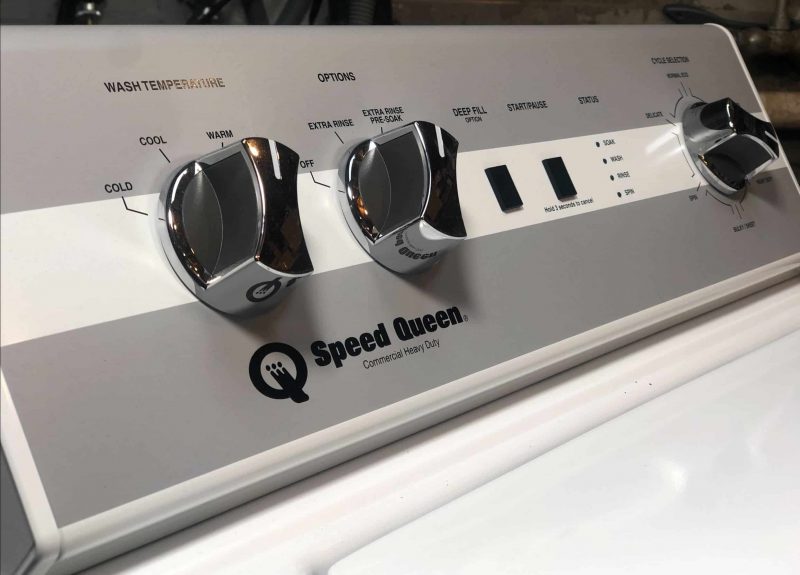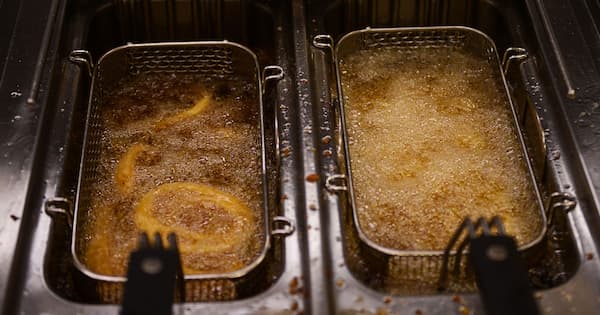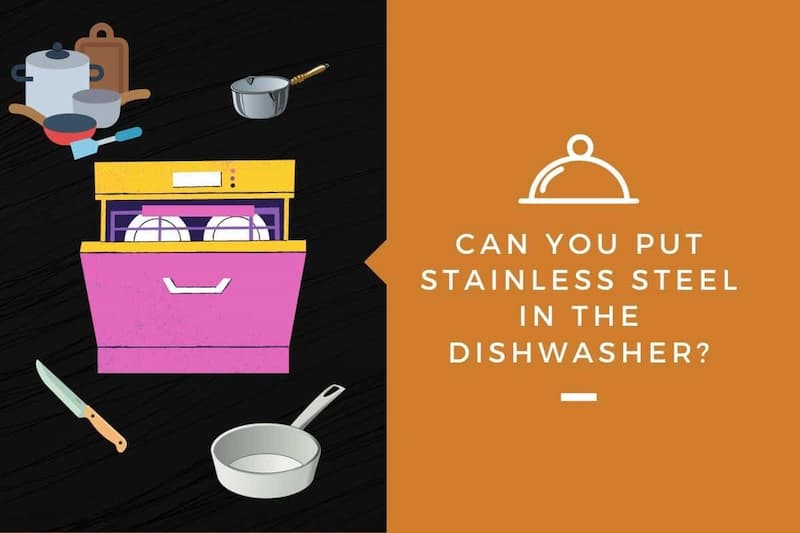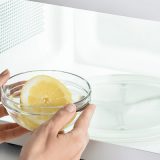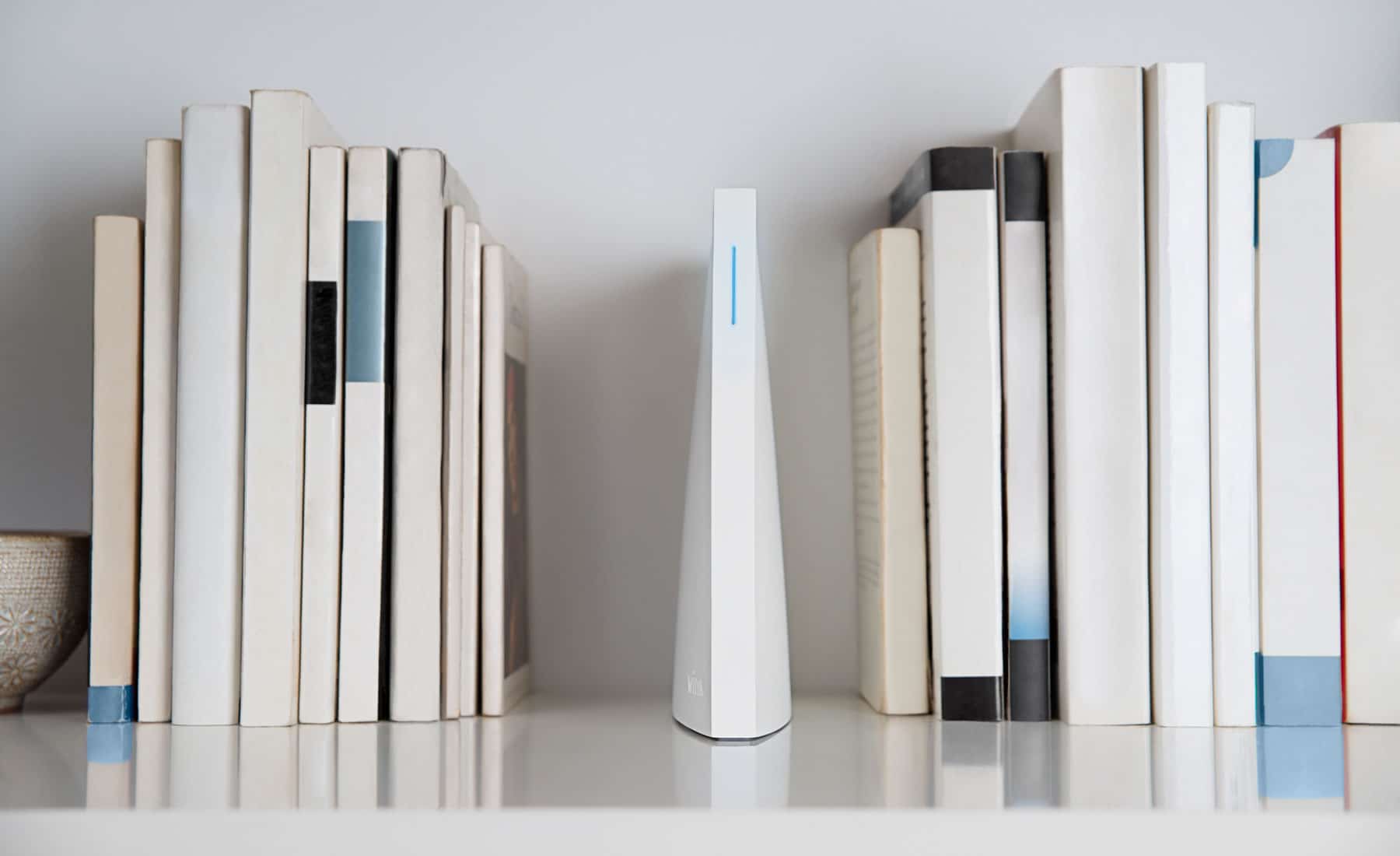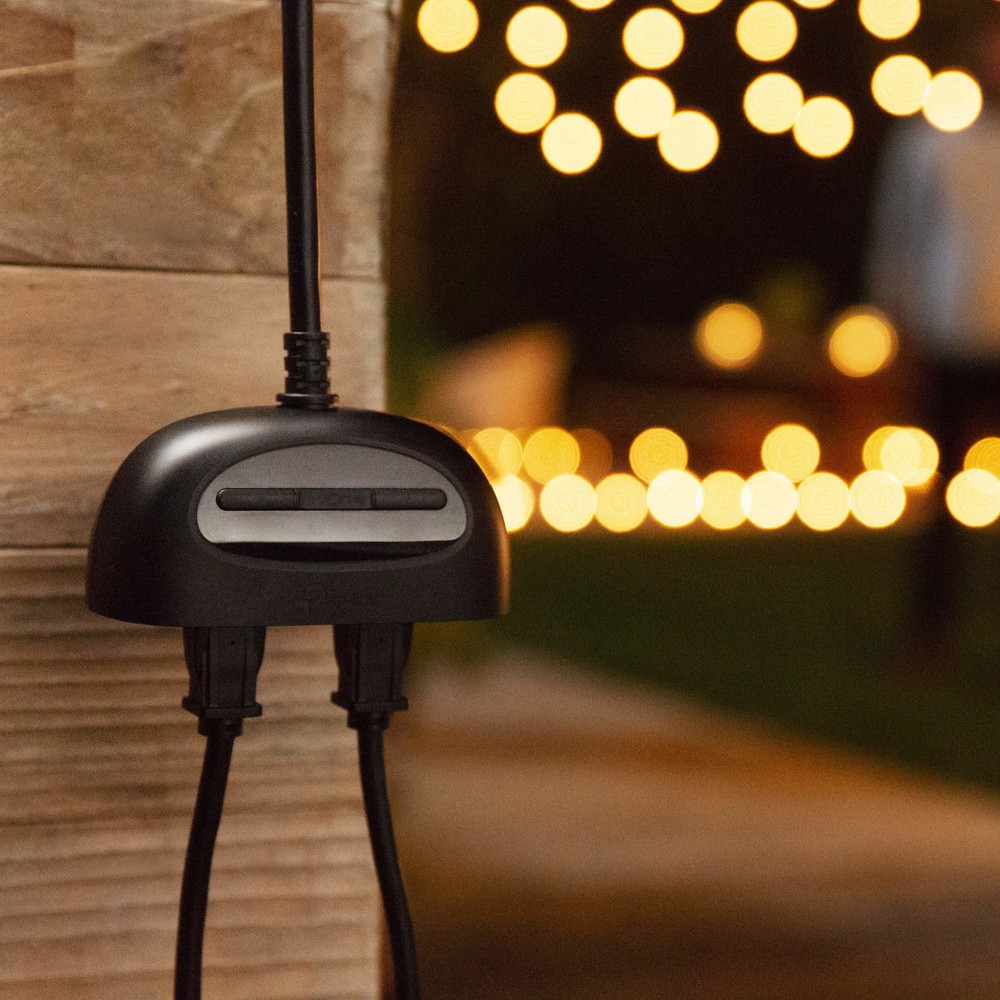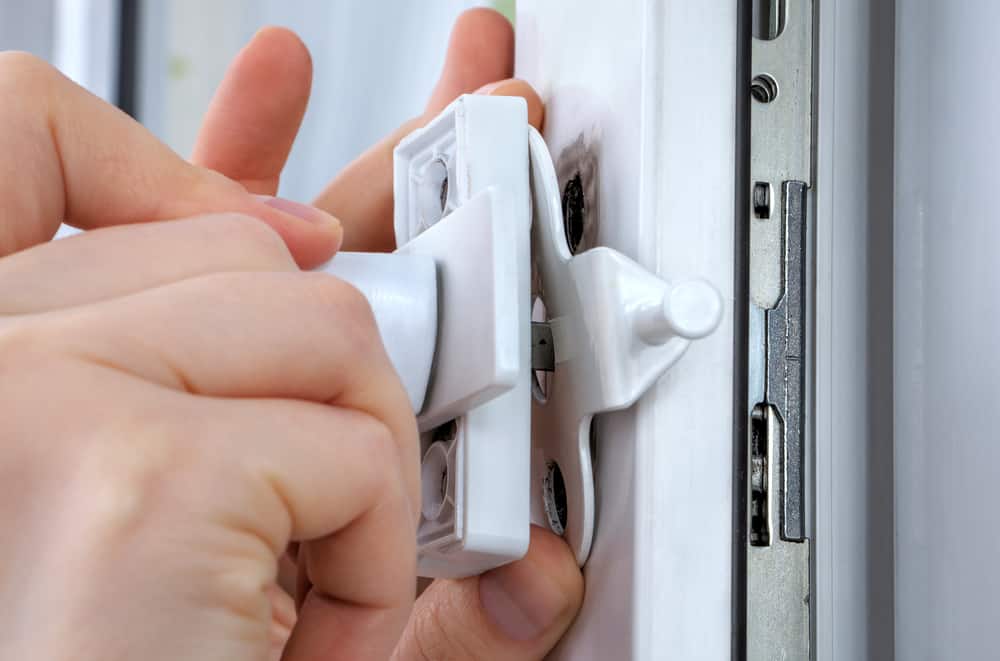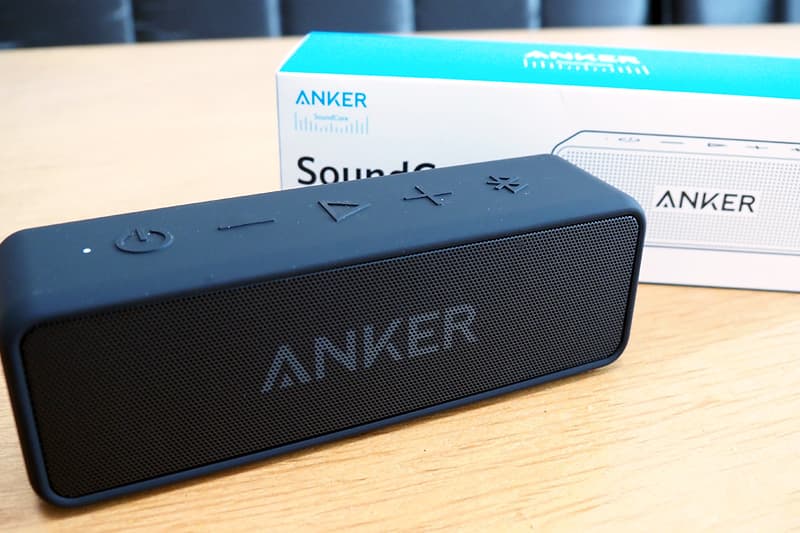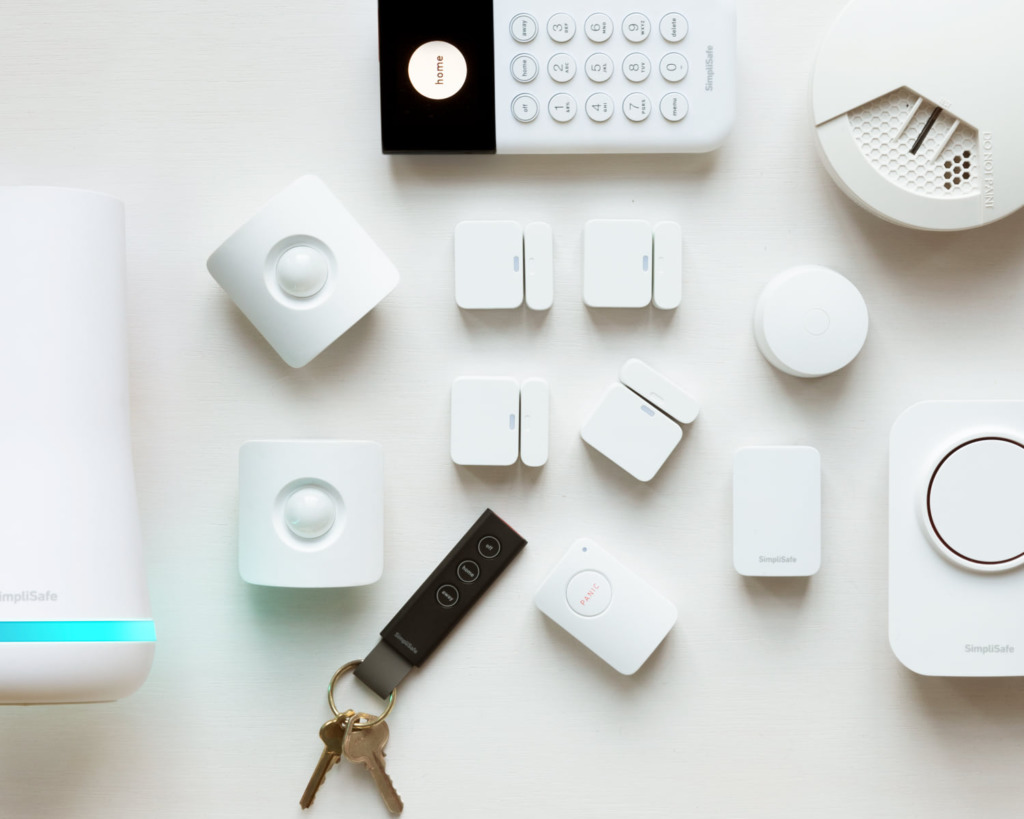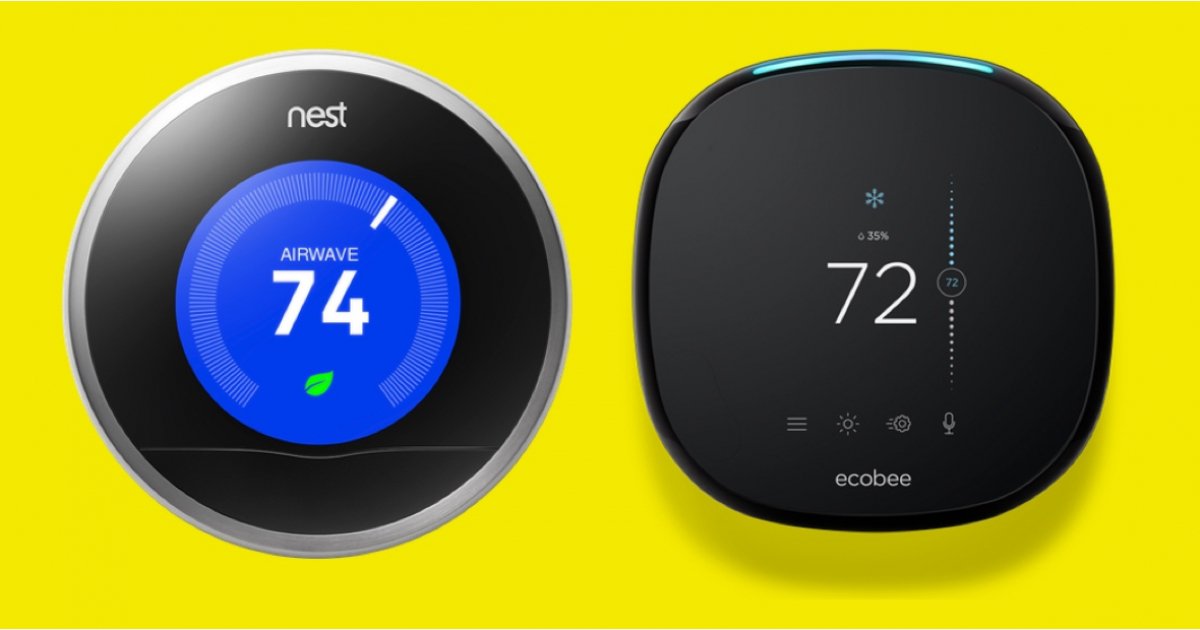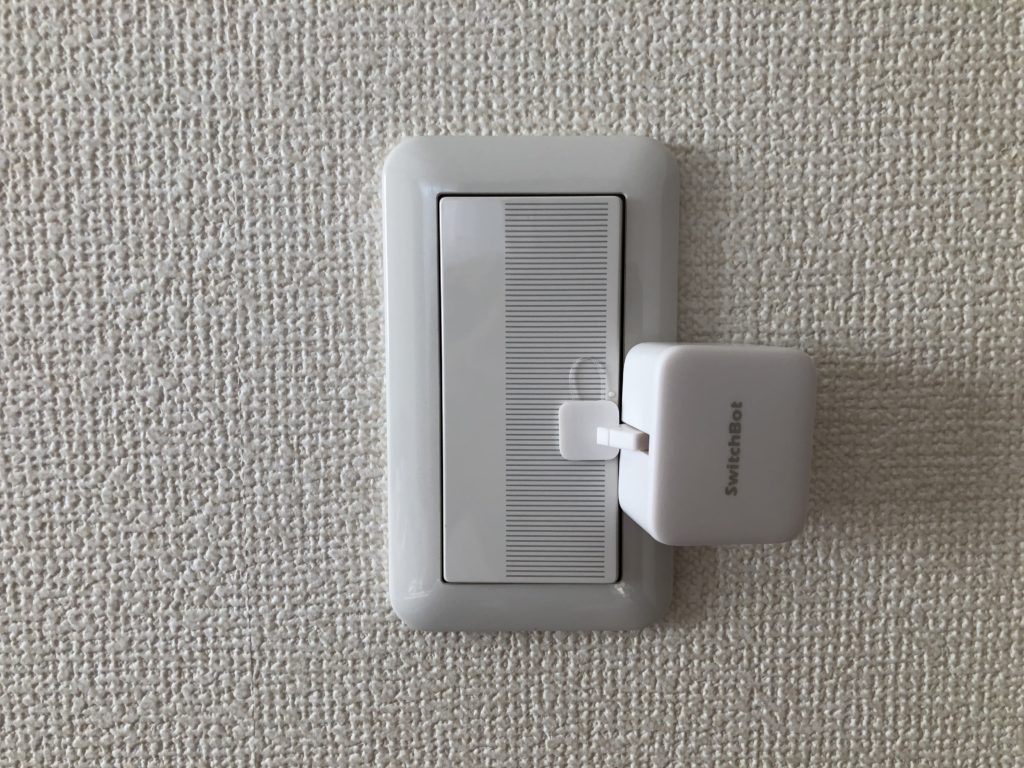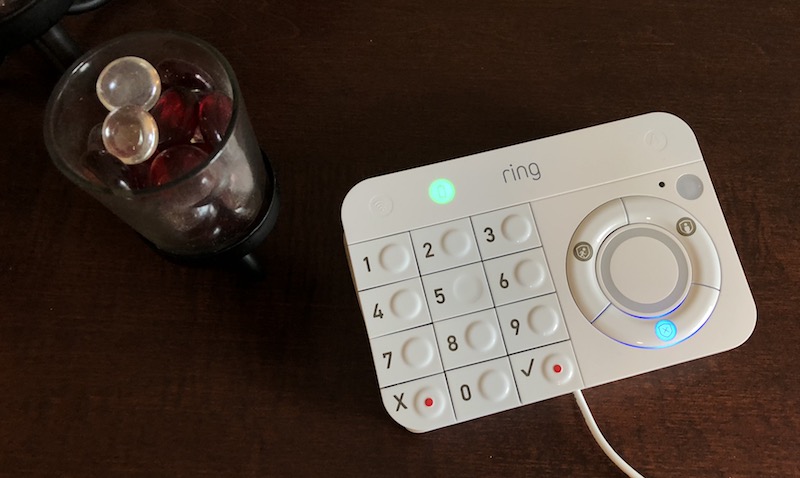Windex on windows does a great job of removing streaks, stains, dust, and any other blemishes that may have accumulated on the glass. Can you clean stainless steel with Windex? Here’s everything you need to know about Windex and using it to clean stainless steel.
Table of Contents
What Is Windex
Windex is a multipurpose hard surface cleaner that can be used on many different surfaces. While it’s primarily used for cleaning glass surfaces and kitchen tops, you can also use it in many different settings, such as cleaning patio furniture, removing stains, and killing insects. There are multiple Windex products with different uses and should be used accordingly.
Windex on Stainless Steel
One of the main ingredients in Windex cleaners is ammonia. Ammonia is known to damage stainless steel products and many experts advise against its use. On the other hand, some people recommend using a glass cleaner, such as Windex for stainless steel, because it gives a real shine and you can’t tell if it’s new. In addition, there are ammonia-free Windex cleaners available for cleaning stainless steel.
Can You Use Windex on Stainless Steel?
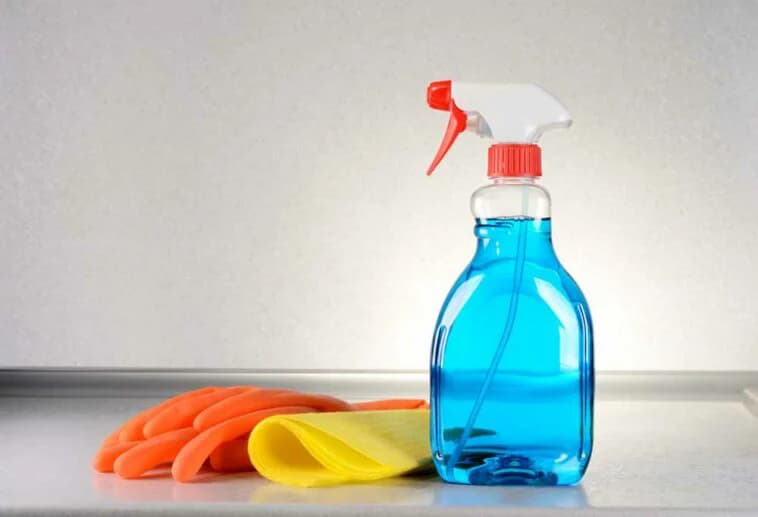
Windex can clean everything else in your home, so what should you do when it comes to your stainless steel?
Do not use regular Windex on stainless steel, since the ammonia content can damage your appliance.
While it’s possible to clean stainless steel products with some ammonia-free Windex, it’s best not to risk it because you don’t know how the cleaner will interact with the stainless steel.
The unpredictability of different cleaners used on stainless steel makes it difficult to make a decision as they can do the job for you, or they can damage appliances, especially if the cleaner contains ammonia. Many stainless steel appliances come with notes recommending that you avoid cleaning with abrasive cleaners. If you do use Windex to clean stainless steel, it is important to wipe in the same direction as the metal particles. You can also use oil as a conditioner for stainless steel after cleaning stainless steel with Windex.
Since Windex contains ammonia, many consider it a harsh cleaner. When used alone, ammonia is extremely rough on surfaces including stainless steel, but when diluted with water, it can be a powerful cleaner.
Nonetheless, the use of ammonia on stainless steel is not recommended and should always be used with caution.
Many stainless steel appliances also come with a warning to avoid ammonia-based cleaners, as they can be harmful to stainless steel surfaces.
How To Remove Stains With Windex From Stainless Steel?
The main problem with cleaning stainless steel with Windex is that rust can develop if it is used for too long or not cleaned properly, and the surface of the stainless steel will darken over time.
If you plan to clean stainless steel with Windex, it is recommended that you lightly mist the surface as you would a window and wipe it with a dry microfiber cloth. Wipe Windex thoroughly with steel grit.
Another option is to clean stainless steel with ammonia-free Windex. Many people prefer to go this route because you get the same cleaning power without worrying about the damage that ammonia can cause to your stainless steel.
Using Windex on stainless steel is similar to using glass cleaner on other surfaces. If you have a spray bottle, lightly mist or mist the stainless steel product. When spraying, a soft, clean cloth must be prepared. Next is the wiping part. Clean the stained parts with a clean cloth, making sure not to leave the cleaning solution on any parts. After wiping the surface clean, you will find that the stains are gone and the surface is sparkling. To keep the stainless steel safe, you can rub it a little more before applying a little oil to the surface. Oil can also help keep the surface shiny and shiny, making it look new. Using Windex on stainless steel is similar to using glass cleaner on other surfaces. If you have a spray bottle, lightly mist or mist the stainless steel product. When spraying, a soft, clean cloth must be prepared. Next is the wiping part. Clean the stained parts with a clean cloth, making sure not to leave the cleaning solution on any parts. After wiping the surface clean, you will find that the stains are gone and the surface is sparkling. To keep the stainless steel safe, you can rub it a little more before applying a little oil to the surface. Oil can also help keep the surface shiny and shiny, making it look new.
Alternative Cleaners for Stainless Steel
Sometimes with stainless steel, less is more. These simple and common household cleaners can work wonders on your stainless steel.
- Vinegar
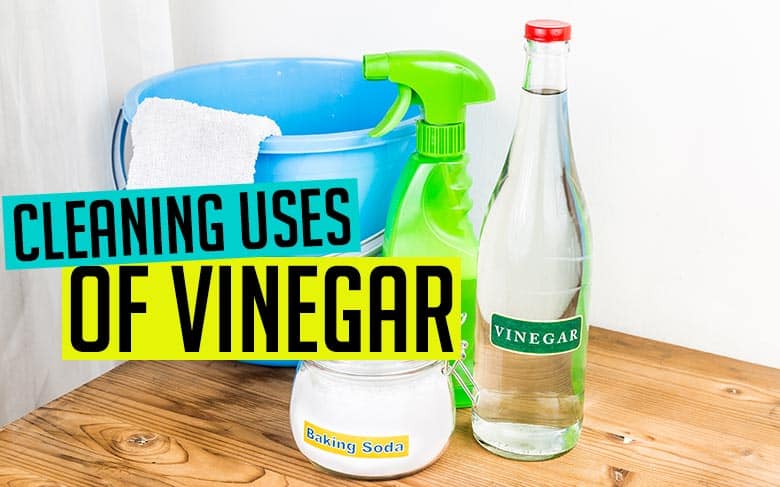
Vinegar is a powerful cleaner that can be used on stainless steel because its acidity breaks down hard minerals commonly found in faucets. While it will keep your stainless steel surface streak-free, be sure to wipe it off completely when cleaning. Vinegar is acidic and can damage steel surfaces if left on too long or if not wiped thoroughly.
When you combine vinegar with baking soda, you can create a powerful cleaning paste due to the chemical reaction that takes place. The acid in the vinegar helps break down the baking soda, which then releases carbon dioxide gas. This gas helps remove a variety of stains, including rust, grease, and burnt-on food. This mixture is also great for cleaning burnt stainless steel pans.
- Baking Soda

This common household staple is a great cleaner for stainless steel because of its basic properties to dissolve stains, grease, and other debris on surfaces. In addition, the particles are non-abrasive, which means the stainless steel surface will not be scratched during cleaning.
- Bar Keepers Friend
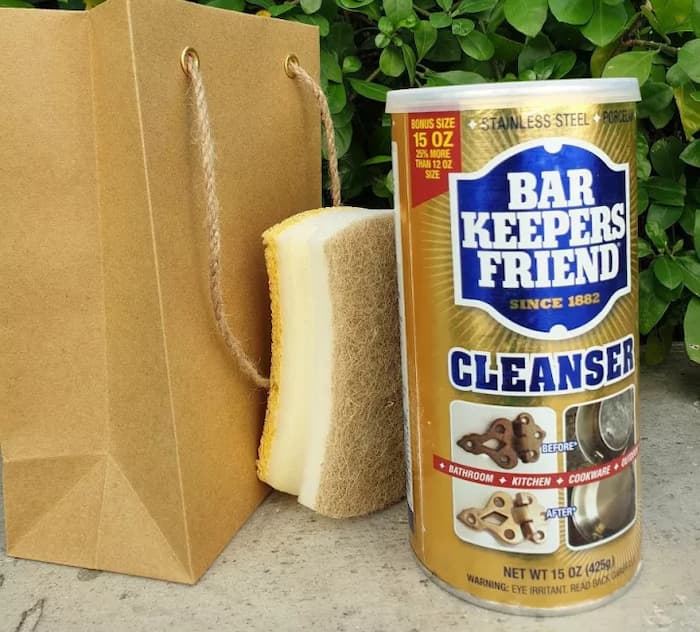
This nifty cleaner is perfect for hard work on stainless steel. The barkeeper’s friend is a bit rougher than baking soda, but still soft enough not to scratch your stainless steel. The powerful oxalic acid in it helps dissolve rust and remove stains, grease, and other sludge.
Avoid Cleaning Stainless Steel with These
- Steel wool or steel brush
Steel bristles or brushes can leave small particles on stainless steel. Over time, these small particles can rust, causing the consumable parts of the stainless steel to rust as well. Not only that, but these rough brushes can end up scratching the surface of stainless steel appliances or cookware. To get rid of the thorny mess, use a cloth, soft brush, and sponge instead.
- Non-abrasive cleaner
Harsh cleaners such as ammonia and bleach should not be used on stainless steel. They can stain and damage surfaces. The harsh chemicals found in tap water can also be harmful. If you wash stainless steel under tap water, be sure to dry it completely to remove moisture that could cause rust.
Concluding
While Windex is undoubtedly a powerful cleaner that can be used at home, you may want to skip it when cleaning stainless steel. Try some of the alternatives we covered above and let us know what you think of them in the comments section.
Related Posts:

